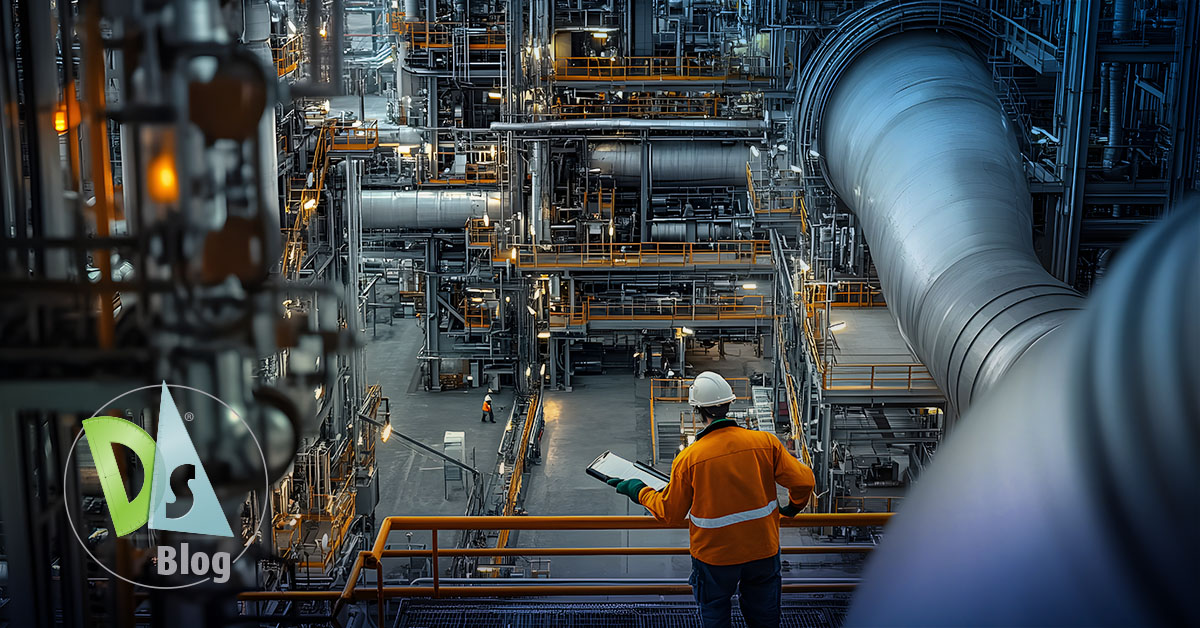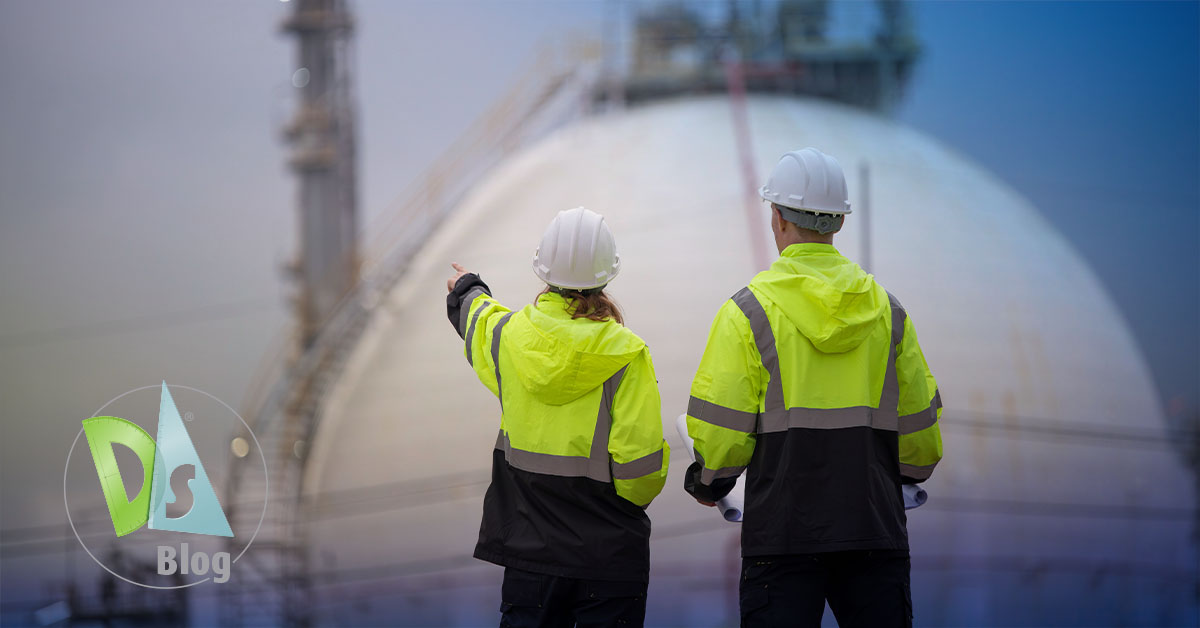How the Oil and Gas Industry is Embracing Change
The oil and gas industry is experiencing significant transformation as it adjusts to a changing world. Companies are integrating digital tools and adopting renewable energy sources while improving efficiency and complying with evolving regulations. These changes require careful planning, precise execution, and a focus on long-term sustainability—no small task in an industry built on complex infrastructure and stringent safety standards.
A few key trends are reshaping the landscape and driving innovation in the oil and gas industry. Let’s review some of the most significant developments:
Meeting the Challenges of Complex Infrastructure
When designing pipelines, refineries, or offshore rigs, oil and gas field professionals face the challenge of creating robust and safe systems. The designs have to withstand extreme conditions, high pressures, and important safety considerations while meeting industry regulations.
This complexity demands clear and thorough documentation to ensure every project phase runs smoothly—from the planning and approval stages through construction and maintenance. Collaborative workflows and precise tools are essential to keeping large-scale projects on schedule and within budget.

Driving Efficiency Through Digital Transformation
Digital tools are increasingly central to improving operational efficiency across the oil and gas industry. Analytics platforms, automation technologies, and maintenance software are helping companies streamline production, reduce downtime, and extend the lifespan of critical infrastructure.
In design and planning, these same principles apply. The shift toward digitized workflows saves teams time by automating repetitive processes, minimizing errors, and ensuring consistency across projects. With so many moving parts in oil and gas operations, the ability to simplify workflows can lead to significant cost savings and improved productivity.
Supporting Sustainability Goals
As they navigate the energy transition, sustainability continues to be a top priority for oil and gas companies. More businesses are incorporating renewable energy initiatives and implementing Environmental, Social, and Governance (ESG) strategies to align with their environmental goals and investor expectations.
One way sustainability ties into design is through resource efficiency. Thoughtful planning at the design stage can minimize waste, cut energy use during construction, and enhance a project’s overall environmental performance. As companies strive to meet their sustainability targets, every small step toward greater efficiency makes a big difference.
Staying Ahead of Regulatory Requirements
Compliance is a constant challenge in the oil and gas industry. Regulations related to safety, environmental impact, and operational standards must be closely followed at each stage of a project. This makes accurate documentation a critical piece of the puzzle—not only during the initial design phase but throughout the lifespan of the infrastructure.
Equally important is the ability to modify existing designs to accommodate shifting regulations. With standards constantly evolving, teams need adaptable tools that enable quick, accurate updates while maintaining essential traceability for audits and reviews.
The Bigger Picture
The oil and gas industry is evolving, and staying competitive means welcoming new ways of working. From boosting efficiency and supporting sustainability to ensuring compliance, professionals must juggle traditional energy systems while gearing up for the future.
Effective design processes play a critical role in achieving these ambitious goals. Whether managing new infrastructure construction or optimizing existing systems, having a clear strategy—and the right tools to bring it to life—can make all the difference.
Want to see how 2D CAD solutions like DraftSight can support your next project? Learn more about DraftSight for Oil & Gas here.




